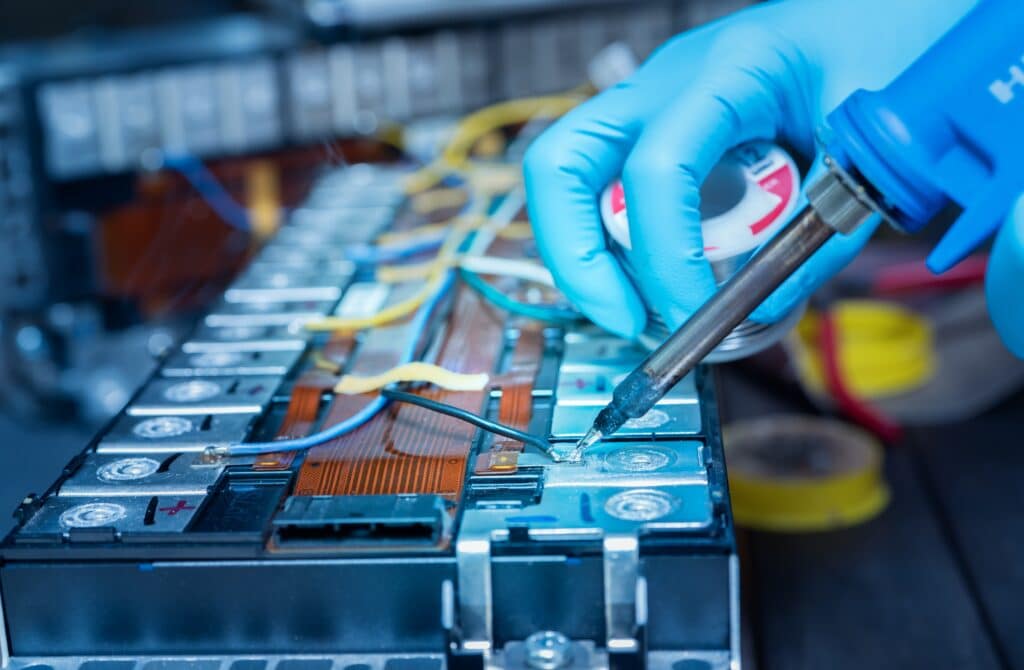Why Holidays Are the Smartest Time to Schedule Instrument Repairs
Many teams focus solely on keeping operations stable during end of year vacation…
Read MoreWhy Instrument Repair Quality Matters More Than Ever in Regulated Operations
Instrument failure is more than an inconvenience when accuracy drives every decision. It delays…
Read MoreSIMCO Earns the 2025 HIRE Vets Gold Medallion Award for the Fourth Year in a Row
SIMCO is proud to share that we have once again received the…
Read MoreHow to Use Lean Six Sigma to Streamline Calibration Processes
In a perfect world, calibration would feel like a smooth conveyor belt:…
Read MoreHow Misaligned Specifications Create Preventable OOTs (and Unnecessary Cost)
Sometimes OOT events occur not because the instrument cannot meet its published…
Read MoreSmarter OOT Investigations: The Key to Calibration Reliability and Mission Focus
Calibration reliability is the backbone of every compliant, high-performing operation. From aerospace…
Read MoreThe History and Evolution of Calibration Standards in Life Sciences
Introduction: Precision Is the Backbone of Life Sciences In life sciences, precision…
Read MoreZero Margin for Error: Calibration’s Role in Aerospace’s Most Complex Missions
In aerospace and defense, precision is mission-critical. From spacecraft hurtling through orbit…
Read MoreThe Beginner’s Checklist for Sending Equipment Out for Calibration
If you’re new to calibration, it can be tempting to treat the…
Read MoreSmarter OOT Management: Using Trend Analysis and Usage Tracking to Cut Investigation Time
Many organizations treat OOT events as isolated incidents — but in…
Read MoreWhy Calibration Vendors Rarely See the Real Impact of OOT Events (and Why the Burden Falls on You)
When a calibration vendor identifies an out-of-tolerance condition, we still perform our…
Read MoreThe Hidden Expense of Staying Quiet About Fit-for-Use
Most calibration problems do not begin in the lab. They begin in the…
Read More












